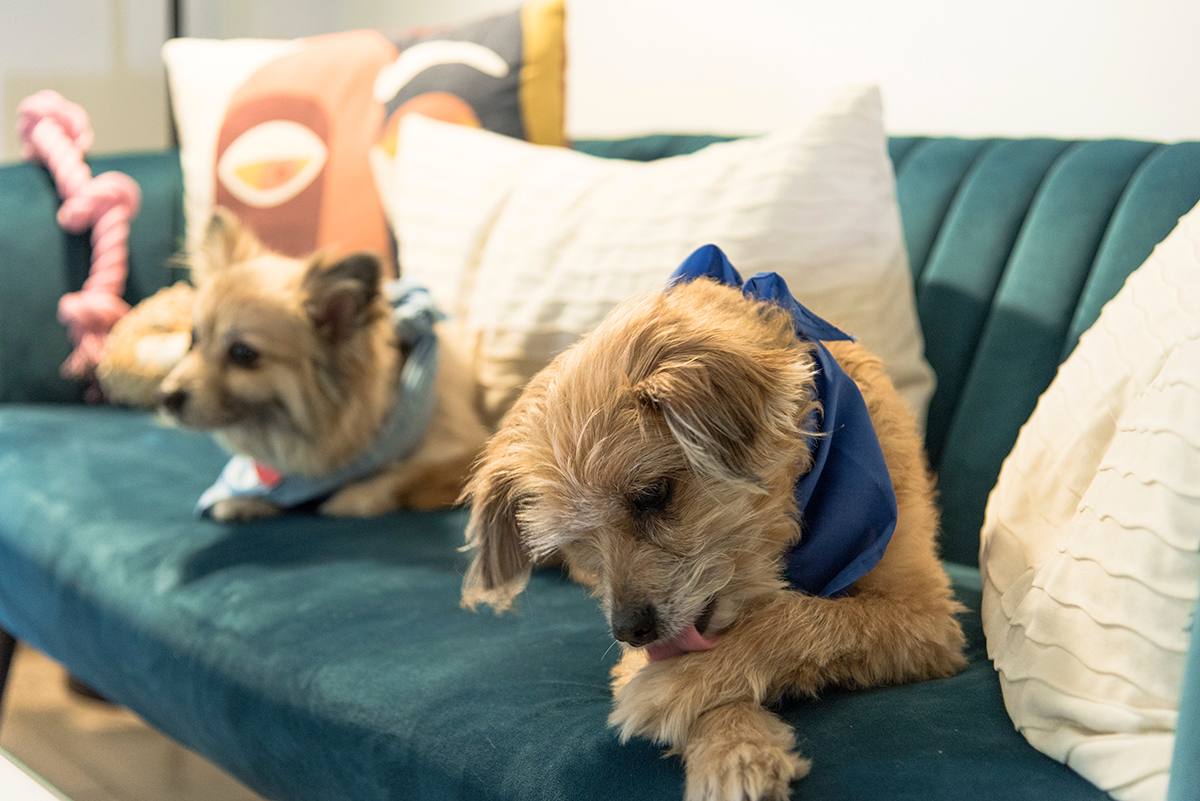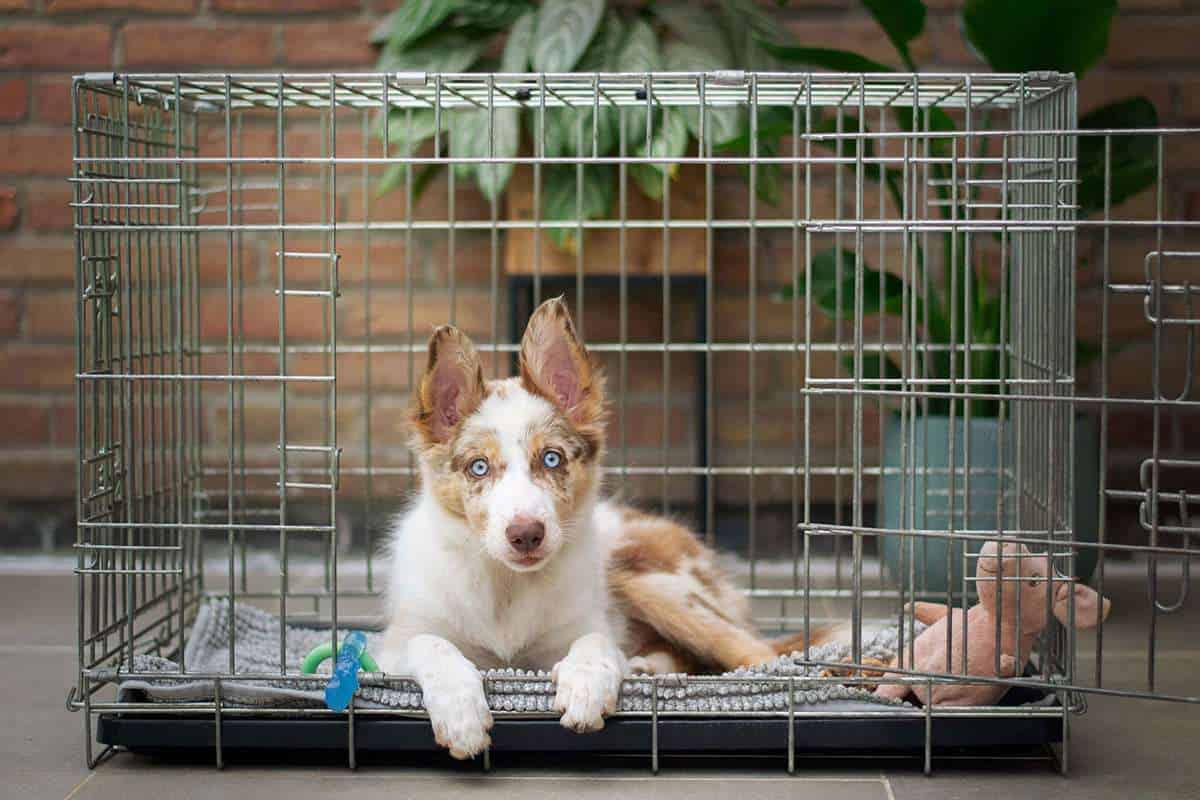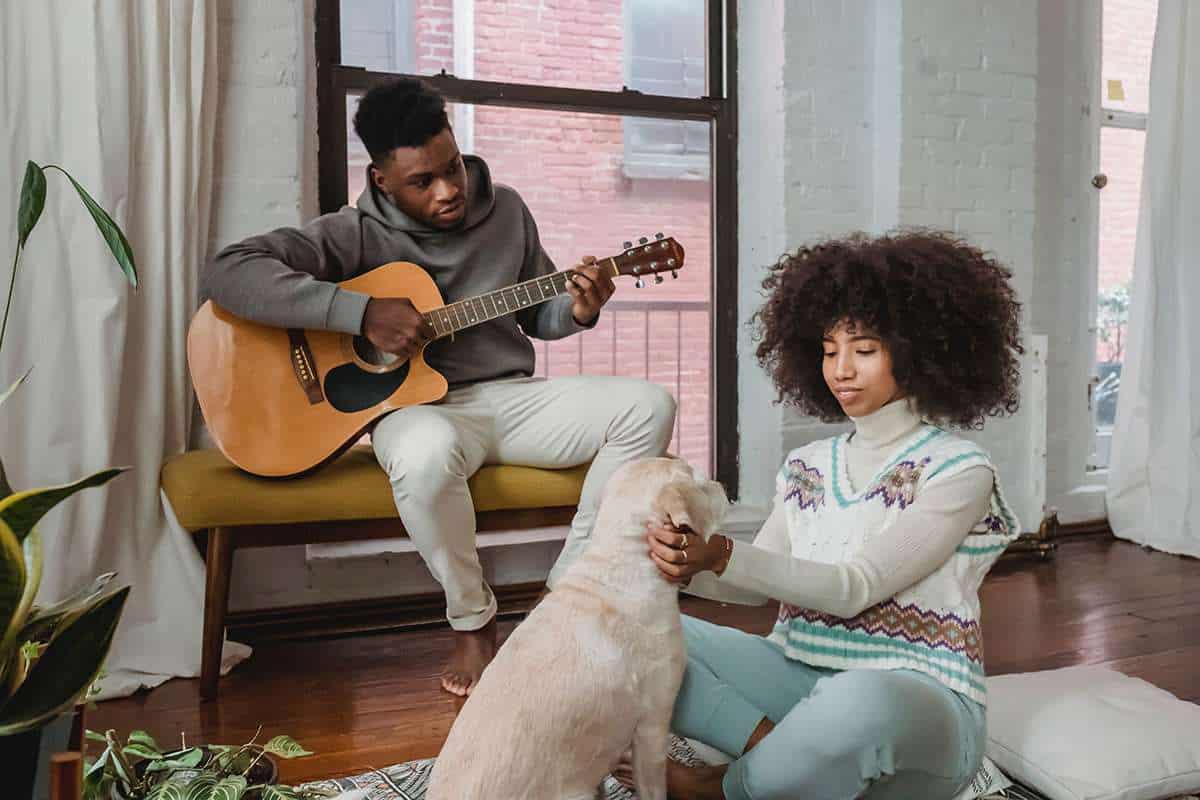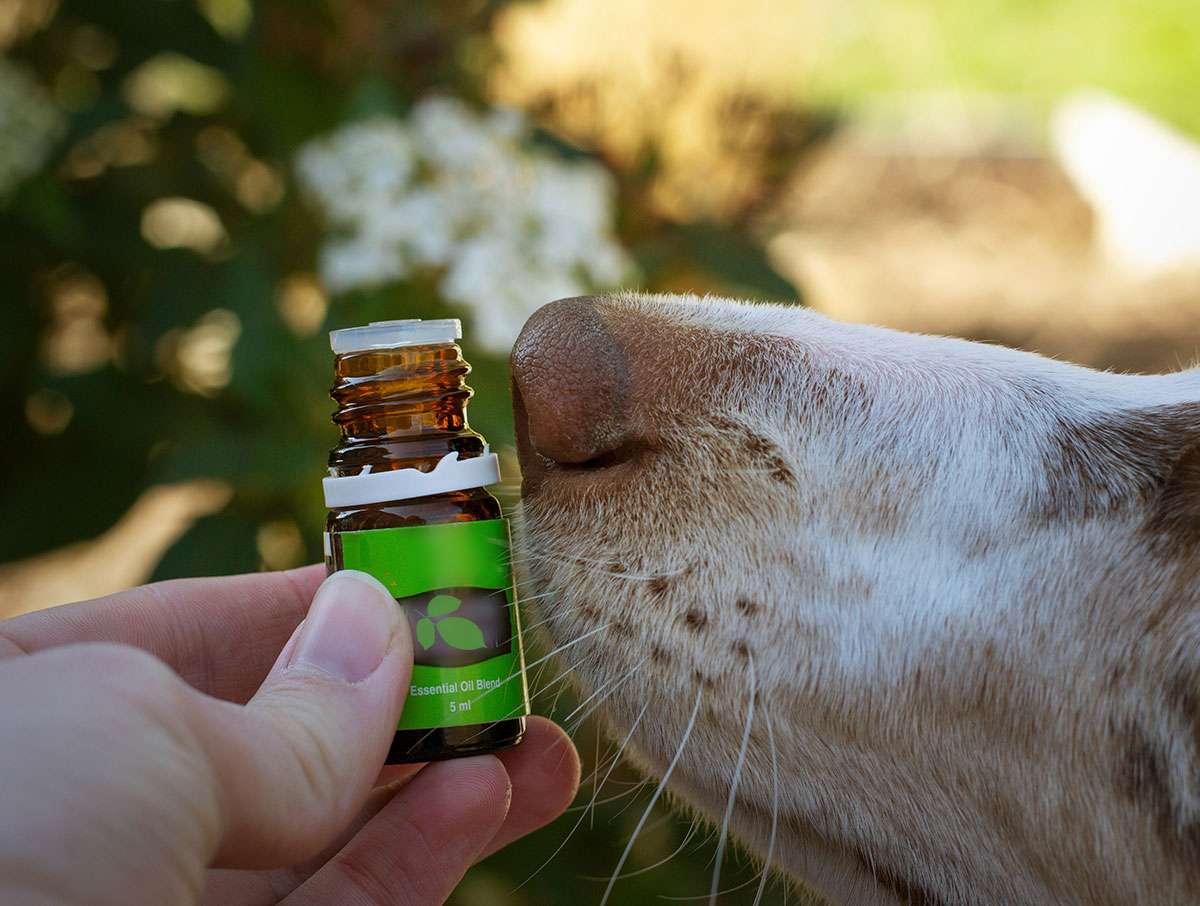What do you do when your dog starts showing signs of anxiety, such as excessive licking? It can be a worrying sign, but don’t fret. In this article, we’ll delve into why anxious dogs lick and how you can help your four-legged friend overcome their anxiety.
Why Do Dogs Lick When Anxious?
Just like humans, dogs can experience stress and anxiety, leading to unusual behaviors. One such behavior is excessive licking. When dogs feel anxious or stressed, they may lick themselves or objects around them as a way to self-soothe. This behavior releases endorphins, which can help reduce their stress and anxiety levels. However, excessive licking can also lead to skin damage and could be a sign of an underlying medical issue.
There are several reasons why dogs might lick excessively when anxious. One of the most common is separation anxiety. Dogs with separation anxiety may lick excessively when left alone or when their owners leave the house. This behavior is a clear sign of stress and anxiety.
Fear or anxiety in response to new people, animals, or situations can also trigger excessive licking. Dogs with obsessive-compulsive disorder (OCD) may engage in repetitive behaviors such as licking, which can be a sign of anxiety. Also, certain medical conditions such as allergies, skin infections, or gastrointestinal issues can cause dogs to lick excessively. Talk to your veternarian to rule these things out.
How to Help Your Dog Manage Anxiety-Related Licking
If you think your dog’s excessive licking is due to anxiety, there are several steps you can take to help them manage their anxiety. The first step to gently discourage this behavior is to distract them with a more suitable activity. Remember, it’s important not to resort to physical punishment or harsh words, as this could actually increase their licking, especially if they’re feeling anxious. Also, try not to unintentionally encourage this behavior. Even though it might seem natural to give them attention, positive or negative, while they’re licking, this can actually teach them to lick even more. Dogs absolutely adore attention from their humans, so be mindful not to accidentally reward them for this behavior.
Next, try to identify the triggers that cause your dog to feel anxious or stressed. Understanding these triggers can help you take steps to avoid or manage them. According to veterinarian Valarie V. Tynes, DVM, DACVB, “A lack of exercise or unpredictable or frightening interactions with people or animals are situations that could lead to anxiety, conflict, or frustration, resulting in a behavior problem.” For example, if your dog becomes anxious when you leave the house, try to make your departure less stressful by leaving them with toys or treats.
Creating a safe space for your dog is also crucial. This could be a crate or a designated area in your home. Make sure your dog has access to water, food, and toys in their safe space and encourage them to use it when they feel anxious or stressed.
Positive reinforcement is another key step in managing your dog’s anxiety. Reward your dog with treats or praise when they exhibit calm and relaxed behavior. This will help your dog associate positive experiences with calm behavior and reduce their anxiety.
Regular exercise is a vital part of managing your dog’s anxiety. Daily walks or playtime can help burn off excess energy and reduce anxiety. Exercise also stimulates your dog’s brain, which can help reduce anxiety and stress.
Training your dog is also important. Teach your dog basic commands such as “sit,” “stay,” and “come.” This will help you control your dog’s behavior and keep them calm around triggers that cause anxiety. Training can also help establish a bond of trust between you and your dog, which can reduce anxiety and stress.
Finally, don’t hesitate to seek professional help if your dog’s anxiety is severe. A veterinarian or dog behaviorist can develop a customized treatment plan to address your dog’s anxiety and manage excessive licking. They can also provide you with the tools and techniques needed to manage your dog’s behavior and reduce their anxiety.
Patience is Key
Helping your dog manage their anxiety is not something that will happen overnight. It requires patience, understanding, and consistency. It’s important to remember that every dog is unique and what works for one dog may not work for another.
Don’t get discouraged if you don’t see immediate results. It may take time for your dog to learn new behaviors and for their anxiety to decrease. Be patient with your dog and celebrate small victories along the way.
A Happy Dog is a Healthy Dog
In the end, our goal as dog owners is to ensure our furry friends are happy and healthy. By understanding the signs of anxiety in dogs and taking steps to help them manage it, we can improve their quality of life.
Whether it’s creating a safe space, providing positive reinforcement, exercising regularly, training, or seeking professional help, every step you take towards managing your dog’s anxiety is a step towards a happier and healthier life for your dog.
Remember, you’re not alone in this journey. There are many resources available to help you and your dog navigate this challenge. With time, patience, and care, you can help your furry friend manage their anxiety and reduce their excessive licking behavior.
For further information on anxious dog licking, check out these sites:




Leave a Reply